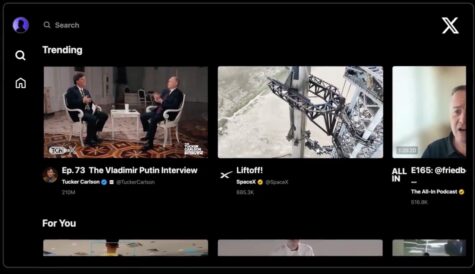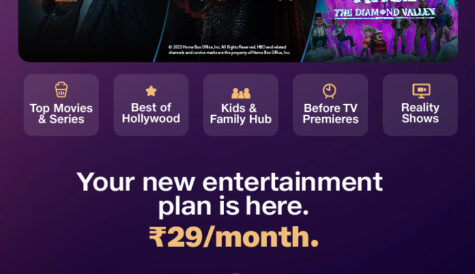A way to improve the subscriber experience and support your bottom line
 With what is becoming a crowded marketplace in an environment of competition for subscribers as well as increasing operational costs, the race is on to find a way to improve the subscriber experience without sacrificing it on “the altar of cost-cutting”. On top of this, the change from a significant rise in the number of subscriptions during Covid lockdowns to customers cutting back on subscriptions due to the cost-of-living squeeze, as well as ongoing churn, has meant that the industry now faces a major crunch of its own.
With what is becoming a crowded marketplace in an environment of competition for subscribers as well as increasing operational costs, the race is on to find a way to improve the subscriber experience without sacrificing it on “the altar of cost-cutting”. On top of this, the change from a significant rise in the number of subscriptions during Covid lockdowns to customers cutting back on subscriptions due to the cost-of-living squeeze, as well as ongoing churn, has meant that the industry now faces a major crunch of its own.
There are several headwinds that the streaming industry is currently experiencing. First, a marketplace that is seemingly becoming more competitive for eyeballs by the day as well as for subscribers who have less time to watch content.
Second, inflation, which has once again reared its ugly head, has providers seemingly caught in a zero-sum game of choosing between price increases and AVOD solutions. How can platforms get “more bang for their buck” from customers on less expensive tiers?
And finally, which is becoming of paramount importance, is the move towards a more environmentally friendly industry as a response to climate change. How can the industry incorporate solutions into their business model?
So with competition becoming ever fiercer, what can service providers do to reduce churn and retain quality and profitability in the face of these particular issues?
First of all, providers have to maintain a good subscriber experience. With this crowded, some would say saturated, marketplace, platforms may have to look to changing or improving even more their business model.
One way to retain subscriber numbers is to adopt features that are already being widely implemented by a number of platforms. This requires a solution that can be integrated on existing hardware, with features such as skip intro, stopping an episode and resuming at the same stage sometime later, and identifying a particular actor’s presence in other series or movies and switching to these videos and particular scenes to see this actor.
At the same time there is a major shift in the sector with subscribers moving to AVOD services. So with this model beginning to gain traction, targeted advertising, based on location and other data is required and needs to be effective. As the subscriber understands the relationship between advertising and receiving a less expensive service, companies can reduce churn and retain profitability via an efficient and acceptable advertising model based on the above criteria. This revenue stream can also act as a safety net for those subscribers, from other tiers, who need to cut down on costs.
Finally to support these changes, how can platforms reduce costs without sacrificing the subscriber experience? Well, there are solutions out there that can reduce a platform’s carbon footprint. By accurately marking the start of content, the operator can both improve the subscriber experience and cut down on unnecessary storage demands. Leveraging software defined, virtualised solutions instead of appliance based ones will also bring utilisation of the hardware to much higher levels, not to mention less overhead on redundancy and backup devices. This in turn reduces costs in purchasing new hardware, cuts down on energy consumption and supports the bottom line.
So with a switch from eyeball figures to credit card numbers, as well as from scale to revenue, the hunt for solutions that meet these challenges is very much on.
Szymon Karbowski is the CEO of StreamVX
A pioneer and active contributor to the pay TV industry with over 20 years of experience in broadcast, telco, and MSO companies. Szymon is an OTT and pay TV expert, specialising in developing solutions to stay ahead of the market. He is also an environmentalist whose personal mission is to reduce carbon footprints via dense technology. He has worked with Canal+, Nielsen, A1, CableMass, LibertyGlobal, NASK, Toya, Asta-Net, BrightBlue, Conax, Discovery and HBO. Achievements in his native Poland include deploying one of the first broadband internet access services based on DOCSIS and launching the first hybrid TV platform combining OTT, VOD, broadcast, and internet into one interface.
This is sponsored content.



